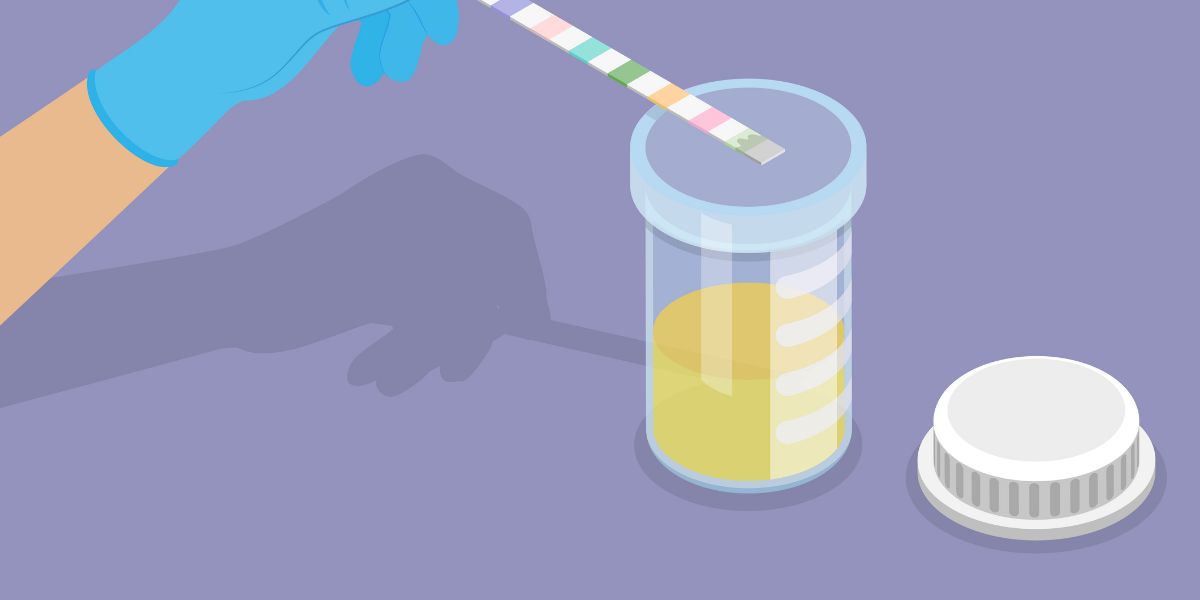Uterine cancer (cancer of the uterus or womb) is a common form of cancer in women and one of many that affects the female reproductive system.
Also referred to as endometrial cancer, uterine cancer is more common in older women over the age of 50, and like other forms of cancer, can be a complication of long-term diabetes
See the causes section for more information on how diabetes can cause the development of uterine cancer.
What is uterine cancer?
Cancer of the uterus is regarded as the earliest stage of womb cancer. It develops in the cells located in the lining of the uterus (womb) called the endometrium, hence why it is commonly referred to as endometrial cancer.
The endometrium is the part of the uterus – the hollow muscular organ which holds and protects a growing baby during pregnancy
In women who have not gone through menopause, the endometrium grows and thickens each month before being shed from the womb as a monthly period.
Other parts of the uterus include the myometrium (the thick muscular tissue) and the cervix, which is the lowest part or the ‘neck of the womb’.
*Note that cancer of this area (cervical cancer) is different to cancer of the endometrium and is not covered in this section. See the treatment section for more information.
How common is it?
Uterine or endometrial cancer is the most common cancer of the female reproductive system and is also the fourth highest occurring cancer in women (after breast cancer, lung cancer and bowel cancer ), accounting for around 5% of all cases of female cancer.
Causes and risk factors
What causes cancerous cells in the womb is not clear but there are certain things that are known to increase your risk of developing the condition. These include age and increased levels of oestroge, the primary female sex hormone.
High levels of oestrogen in your body causes the cells of the endometrium to divide, increasing the risk of endometrial cancer.
What causes high oestrogen levels?
Hormone imbalance
Progesterone is one of the two main female sex hormones, along with oestroge, that are essential for the function of the reproductive system in women. Levels of both hormones in your body are usually balanced with each other, but after menopause the natural production of progesterone stops while small amounts of oestrogen continue to be produced.
The impact of this oestrogen is greater after menopause than before menopause.
Oestrogen therapy
Oestrogen can be taken (as a medicine) as hormone therapy to treat symptoms of menopause.
However, the use of oestrogen alone (without progesterone) can lead to endometrial cancer developing in women who still have a uterus. Oestrogen or menopausal hormone therapy should therefore only be given to women who have had their womb surgically removed (hysterectomy).
Obesity
Oestrogen is mostly produced by a woman’s ovaries, but it can also be made in fatty tissue.
People who are overweight or obese (i.e. have more fatty tissue) and more likely to have a high level of oestroge, increasing their endometrial cancer risk. In fact, studies show that women who are overweight or obese are 2-3 times more likely to develop uterine cancer than those of a healthy weight.
Polycystic ovarian syndrome (PCOS)
Women with PCOS have higher oestrogen levels and lower levels of progesterone in their bodies, and are thus at greater risk of developing uterine cancer.
Diabetes
Non-insulin dependent diabetes is associated with the risk of uterine cancer, particularly in women who are overweight or obese.
Other risk factors include long-term use of the breast cancer drug tamoxife, having a family history of uterine cancer and a condition called endometrial hyperplasia – (increased growth of the endometrium).
How does diabetes cause uterine cancer?
Research shows that women with diabetes have double the risk of developing uterine cancer as healthy, non-diabetic women.
While the reasons for this increased risk are not fully understood, some studies have shown that the association between non-insulin dependent diabetes and endometrial cancer risk may be mediated through elevated oestrogen levels in diabetic women, hyperinsulinemia (excess levels of circulating insulin in the blood) or the insulin-like growth factor-I (IGF-I) hormone.
Excess bodyweight is closely tied to the development of both uterine cancer and type 2 diabetes, but there is evidence to suggest the risks associated with diabetes are independent from those of obesity.
- See here for more information on the links between oestrogen and diabetes
Symptoms of uterine cancer
The major sign of cancer developing in the uterus is abnormal or unusual bleeding from the vagina. For most women, vaginal bleeding is unusual as they have already been through menopause, but there are things that can cause this.
In younger premenopausal women, unusual vaginal bleeding can usually be identified by heavier than usual periods and/or bleeding that occurs in between normal periods.
Less common symptoms of uterine cancer include stomach pain and pain during sex.
If you have any abnormal vaginal bleeding or discharge from the vagina, or notice a change in the normal pattern of your period, contact your doctor straight away.
Diagnosing uterine cancer
If you have the symptoms of uterine cancer, your GP will examine your vagina and may refer you to a gynaecologist (a specialist in conditions affecting the female reproductive system) for further diagnostic tests. These can include:
- Blood test
- Transvaginal ultrasound (TVU)
- Biopsy
- Chest x-ray
- Computerised tomography (CT) scan
- Magnetic resonance imaging (MRI) scan
The last three are particularly useful for determining what stage the cancer is at.
Treatment
If tests reveal you have uterine cancer, a multidisciplinary team (MDT) of specialists will work together to provide the best treatment and care.
Factors that are usually taken into account include:
- The stage of your cancer – whether your cancer is confined to the endometrium (stage 1 of womb cancer) or has spread to the cervix (stage 2 womb cancer) or outside of the womb to other parts of the body.
- Your general health – whether you suffer from any other conditions such as diabetes.
Surgery is the most common form of treatment for uterine cancer.
The surgical removal of the womb (hysterectomy) can cure womb cancer in its early stages and is sometimes used in combination with radiotherapy or chemotherapy.
The earlier womb cancer is detected and treated, the better your chances of curing it will be.
If you have diabetes, your MDT will need to consult with your diabetes team to determine the best course of treatment, as active cancer, cancer therapies and the adverse effects of these therapies (weight loss, nausea, etc) can often complicate diabetes management.
For example, chemotherapy can destabilise blood glucose control which will need to be closely monitored by your diabetes care team.







